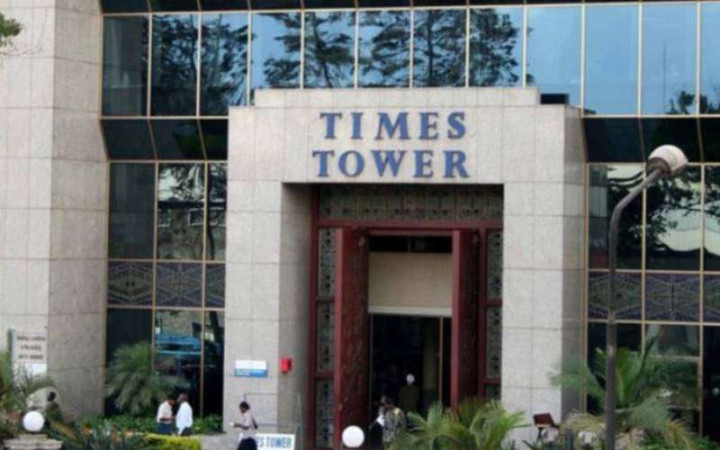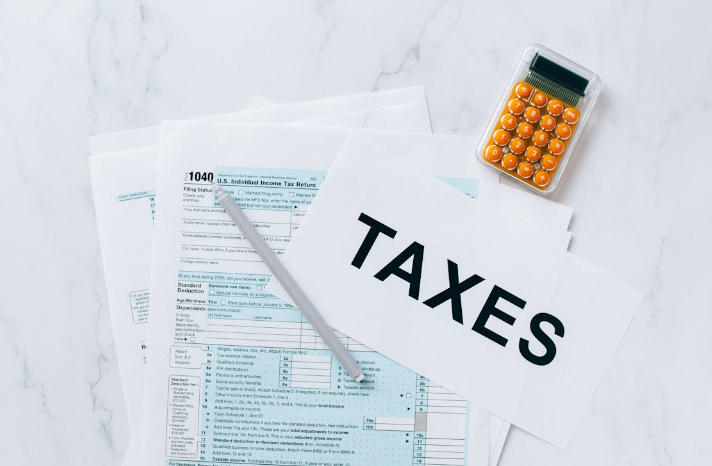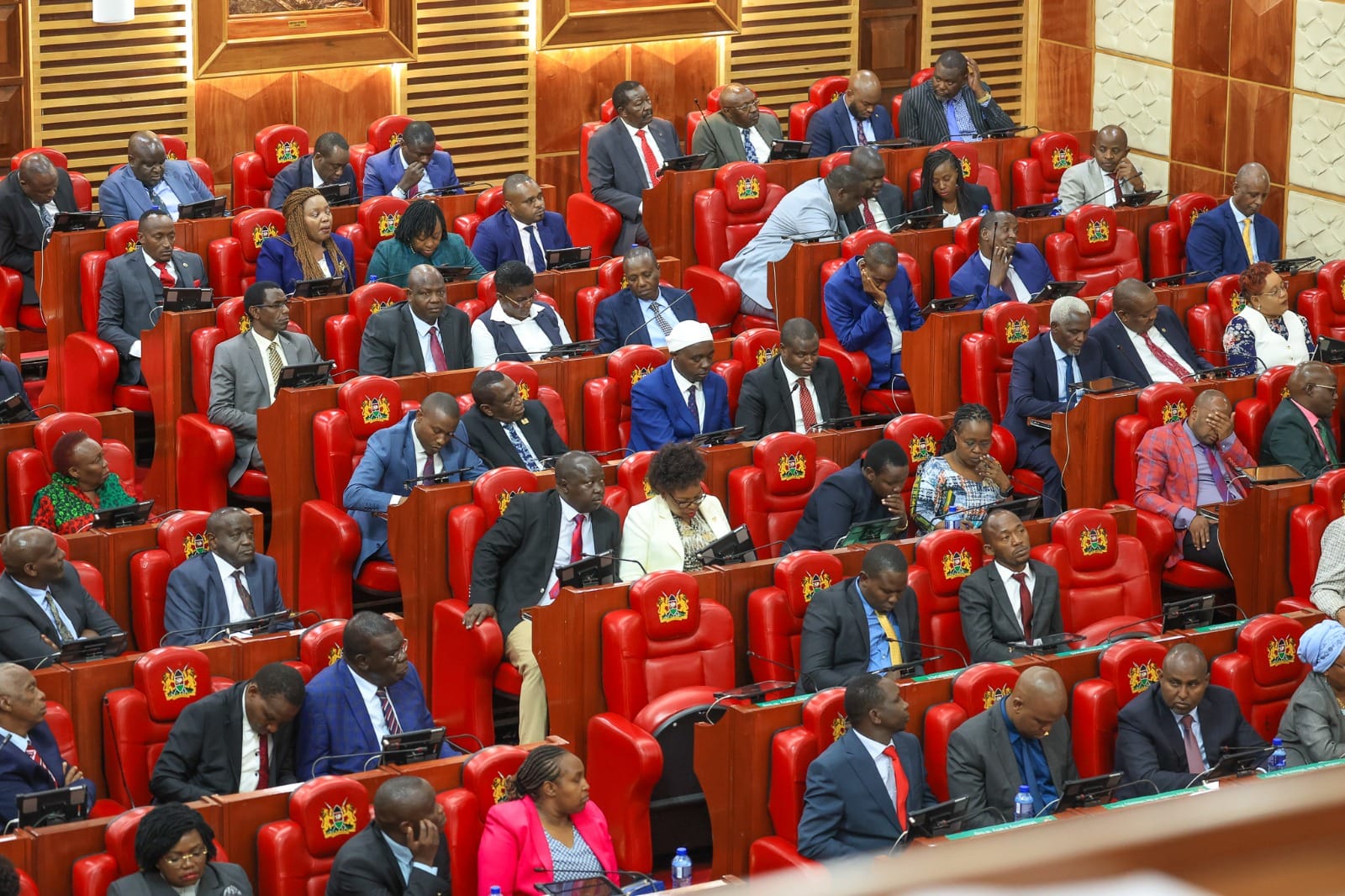Banking sector earns KRA Sh29 billion in excise taxes

Kenya Revenue Authority (KRA) earned Sh28.9 billion excise duty revenues from the banks’ financial services sector in 2021 to underscore how the taxman benefitted from a borrowing spree by Kenyans despite costly credit.
The collections from the sector increased by 43.1 per cent compared to Sh20.2 billion in 2020 contributed by lenders in terms of excise duty to KRA, the latest data from Kenya Bankers Association (KBA) says.
Financial services
Of the total Sh28.9 billion excise duty, KRA collected Sh14.23 excise duty directly in financial services while the banking sectors remitted the remaining Sh14.67 billion, representing a 50.76 per cent share.
The financial sector includes listed banks, Saccos, micro-finance institutions, and investment and custodian banks, among others.
Excise duty is indirect taxes levied on specific excisable goods and services such as alcohol, nicotine, fuel, and loans.
The lender’s lobby group reckons that the increase in tax remitted is linked to the 20 per cent excise tax increment on loans that were implemented in July 2021.
“This is largely attributed to the increase in the scope of fees and commission subject to excise duty as introduced by Finance Act, 2021 together with the growth in fees and commission income,” KBA said in the latest report on the total tax contribution of Kenya banking sector.
Domestic borrowers
The cost of banking services like loans, cash transfers and withdrawals have risen since the implementation of the 20 per cent excise duty in 2021 but this has not deterred domestic borrowers who have remained loan-dependent amid economic recovery.
Data from Central Bank Kenya of Kenya (CBK) shows that in the last 12 months to March, households borrowing from banks for domestic use increased by 7.5 per cent to Sh486.6 billion, surpassing the amounts taken by key sectors of the economy such as manufacturing, agriculture, real estate and construction.
A surge in the number of digital loaning options has further made borrowing much easier despite exorbitant interest rates and fresh excise taxes in the 2022 finance bill.
Additional cost
Financial service providers have lately been struggling with increased taxes and tightening of fiscal policies, triggering an additional cost passed on to other sectors such as manufacturing and small enterprises which hugely depend on financial service providers.
The extension of the 20 per cent excise duty on loans to include digital lenders through the Finance Act 2022, which became effective in July, is expected to earn KRA more revenues as financial service providers pass on the cost to borrowers.
Digital loans are defined as credit obtained via mobile banking like M-Shwari or a smartphone app such as Branch and Tala.














